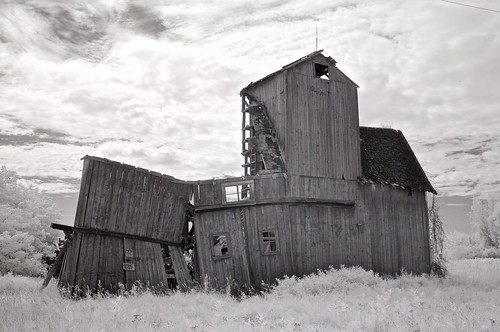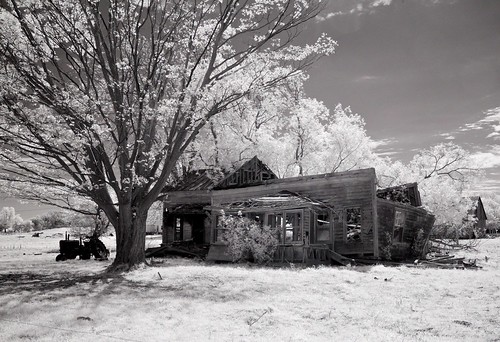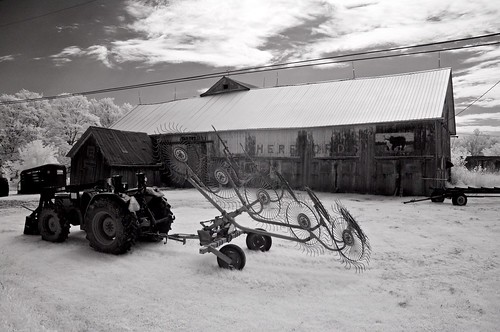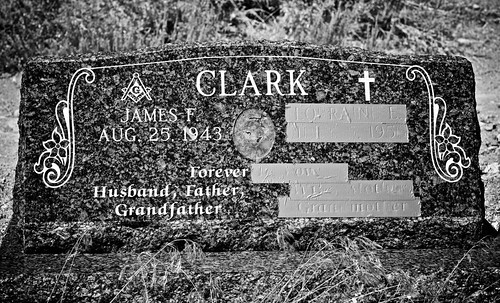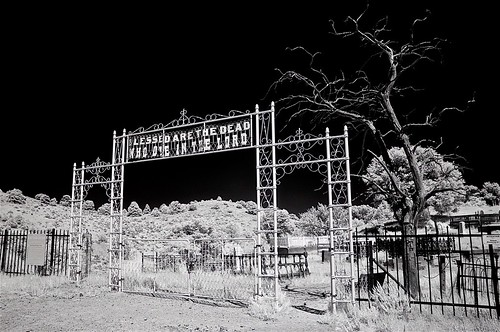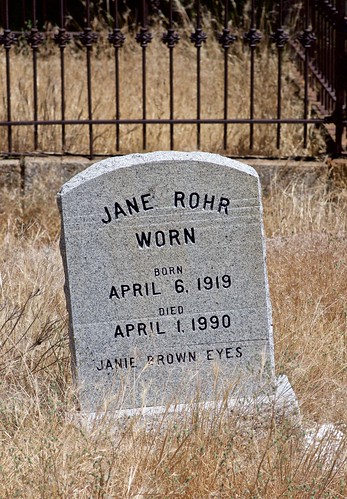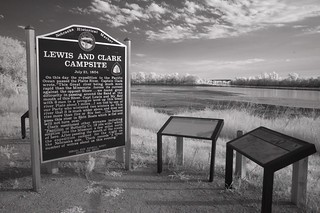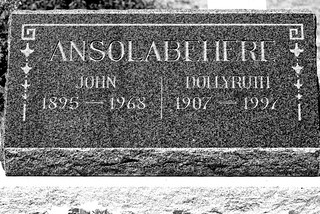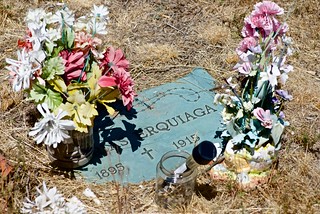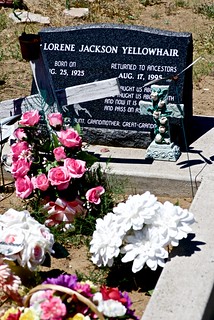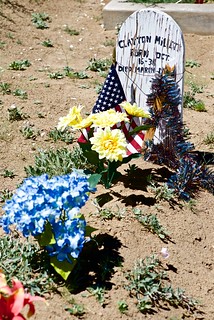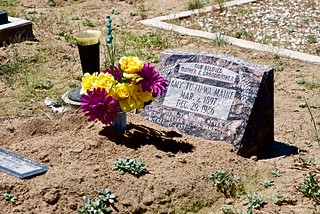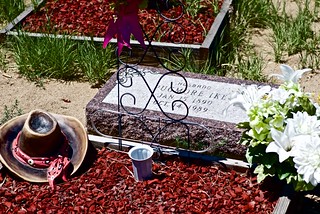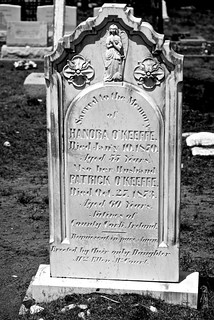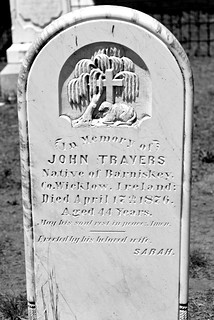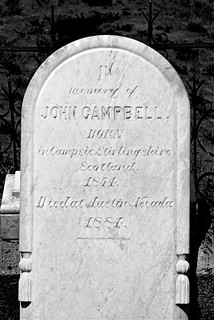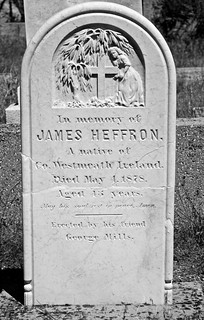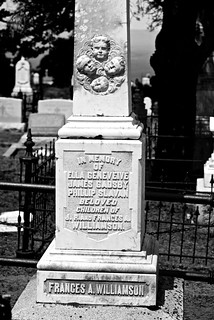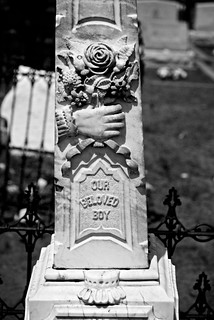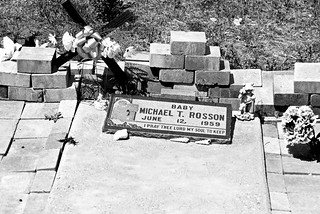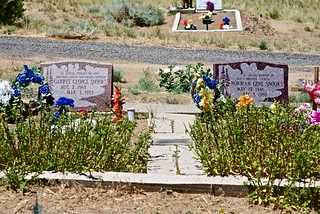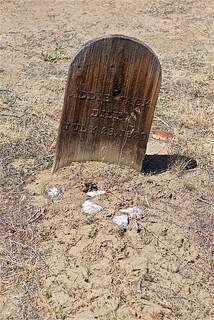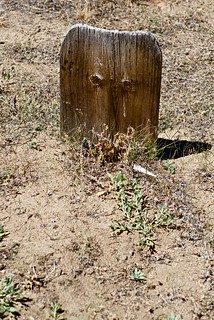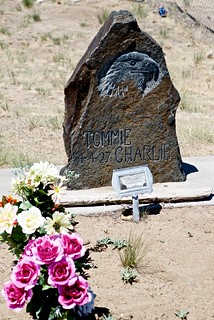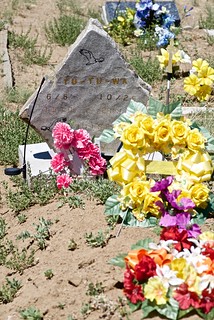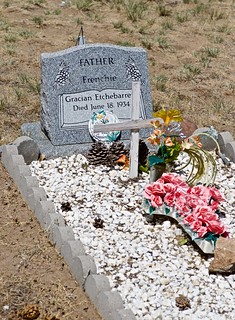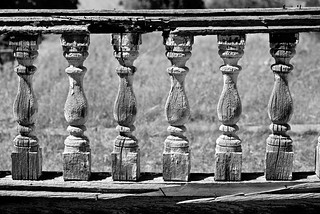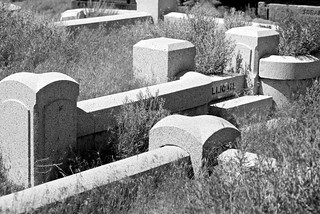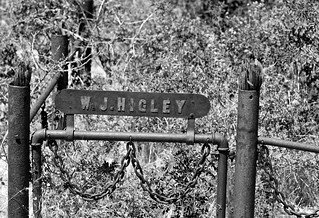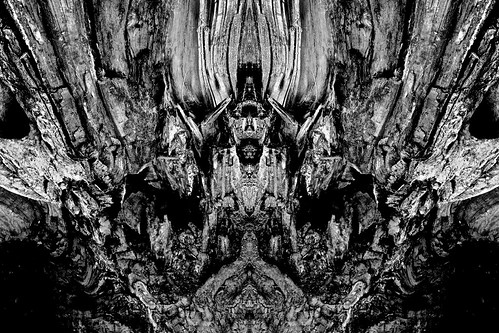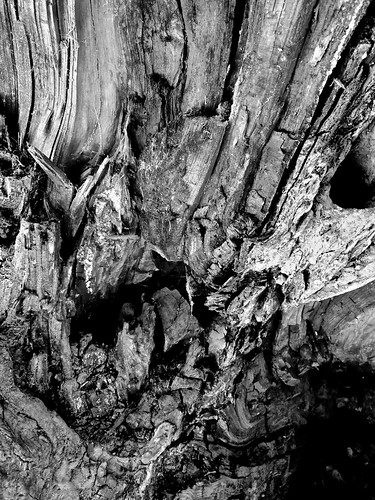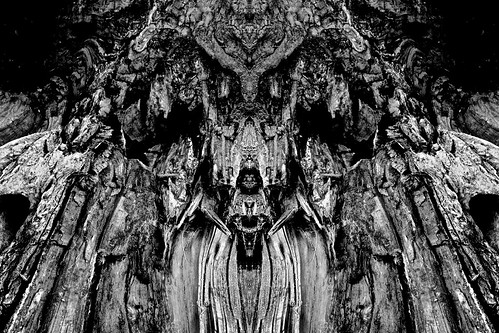Pretty much throughout the 5 weeks of driving to California and back I noticed decaying barns and extinguished farms, but it wasn’t until we crossed from Ontario into upper New York state today that I finally stopped to photograph some examples. This was the one that begged me to turn around and go back to capture its tragedy:
The process of decay begins when the barn is no longer actually used for livestock, and in a few years it’s fraying around the edges, vegetation is overtaking the silo, and the roof starts to go:
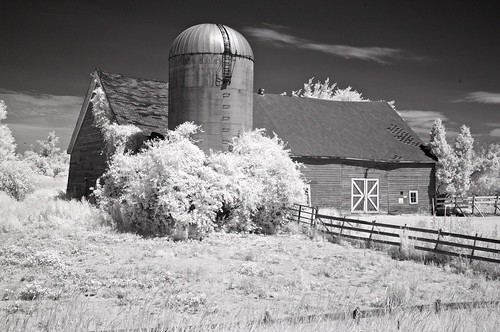
In about 10 miles on state route 37 there was a succession of examples of dashed hopes and blighted dreams, in a farming region that was probably pretty viable a generation [or maybe two] ago:

And so begins another bottomless project, tentatively titled “All Done Farming” and already nudging thoughts in the direction of another transcontinental road trip next summer. More than 45 years ago I was hip-deep in research on agricultural transformation in Nova Scotia’s Annapolis Valley. I was glad to abandon the subject once the dissertation was done—far too much heartbreak in the lives of farm families. Infrared seems to capture the desperation best.
